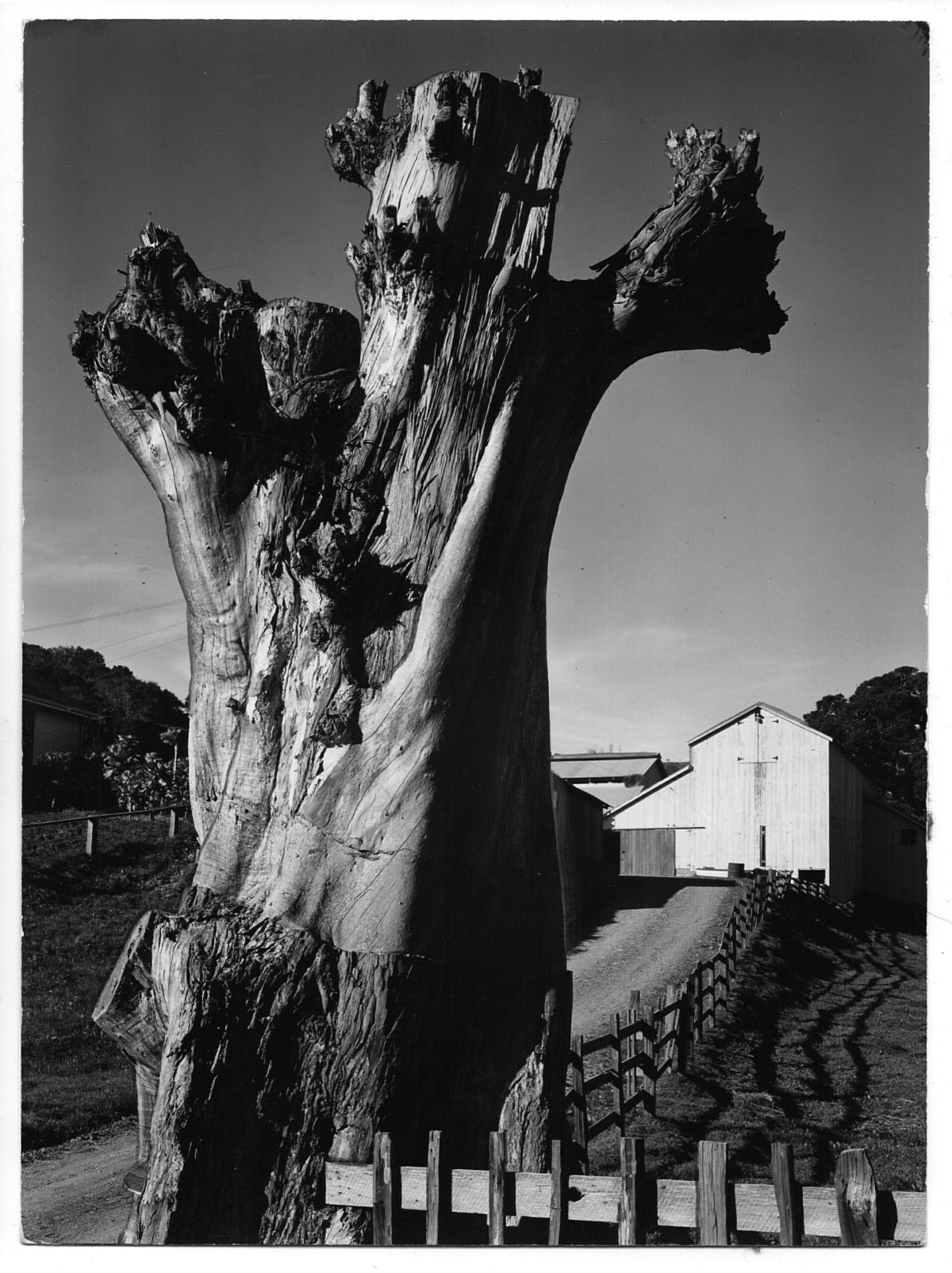A local photographer has discovered an Ansel Adams photograph once thought to be taken in Olema was actually shot on Horseshoe Hill in Bolinas.
Uri . . .

A local photographer has discovered an Ansel Adams photograph once thought to be taken in Olema was actually shot on Horseshoe Hill in Bolinas.
Uri . . .